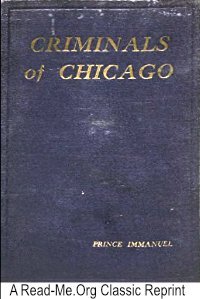By Sjoukje van Deuren
Although Dutch Outlaw Motorcycle Gangs (OMCGs) have been around since the late nineteen seventies, it was not until the turn of the century that Dutch OMCGs increasingly started to attract attention from both the authorities and the general public. In 1996, a report on Dutch organized crime provided a starting point for the government’s view that OMCGs in general and the Hells Angels in particular, are hotbeds for serious and organized crime that need to be addressed. In the report, members of the Amsterdam Hells Angels were accused of being involved in serious and organized crime, such as the trade, import, and transit of synthetic drugs (Bovenkerk & Fijnaut, 1996). In 2012, the presumption that members of at least some OMCGs were involved in organized crime, a growing fear of inter-club feuds, and the feeling that Dutch OMCGs were exhibiting themselves as untouchable and above the law, spurred the minister of Security and Justice to announce a multi-pronged, whole-of-government approach (Van Ruitenburg, 2020). This integrated approach was aimed at combating criminal OMCGs via all legal options available, including criminal, civil, and administrative means. Initially all OMCGs of the former Dutch Council of Eight – a consultative body established in 1996 by the Hells Angels and seven other motorcycle clubs to avoid turmoil and inter-club rivalry – were subjected to the integrated approach. In the context of the integrated approach, various actors, such as the police, local governments, and tax authorities closely work together to raise barriers against the OMCG subculture.1 The approach aims to hinder the criminal opportunities of OMCG members, reduce the popularity of the OMCG subculture, and target the untouchable image of OMCGs by addressing the OMCGs on the individual and on the club level. On the individual level, focal points of the approach are prioritizing the criminal prosecution of individual OMCG members, and reducing the number of OMCG members working for the private security sector or the government. Criminal prosecution is specifically targeted at OMCG board members in an effort to rid the clubs of their management. On the club level, club houses are closed down and OMCG-related events are prohibited. Clubhouses are believed to be important locations for the planning and execution of (organized) crime, while OMCGrelated events provide opportunity for the escalation of conflict. More recently, the Dutch Public Prosecution Office successfully filed petitions to the civil court to ban those Dutch OMCGs deemed to be most heavily involved in crime. Overall, the integrated approach is much more focused on the structural aspects of OMCGs as collectives, rather than on specific forms of (organized) crime committed by individual members. Importantly, when the integrated approach was implemented in 2012, there was scant knowledge on the crimes of the various Dutch OMCGs, and on whether and in which (continued)
Amsterdam: Free University of Amsterdam, 2023. 175p.











